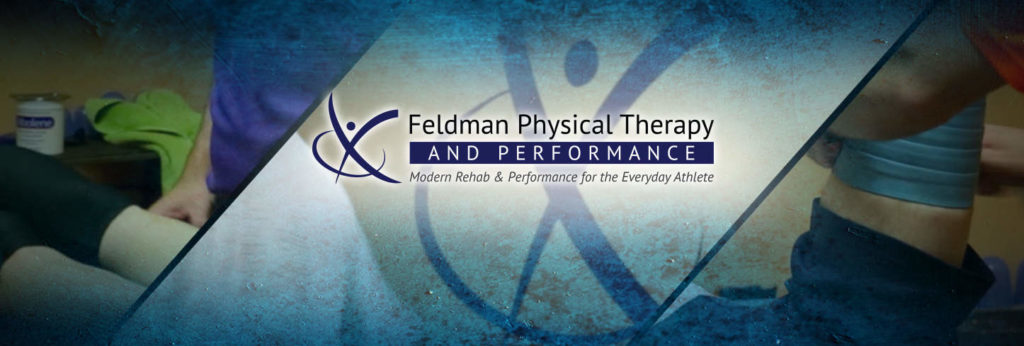How Feldman Physical Therapy and Performance Uses Blood Flow Restriction Therapy
I know what you thought as soon as you saw the title of this blog post: “Blood Flow Restriction Therapy? How could restricting my blood flow actually be good for me?”
It is a little complicated but I am going to do my best to simplify it for you. Blood flow restriction therapy or BFR, has been around for a long time, but recently the evidence for its use in the rehab world has started to emerge. The principle is very simple: the flow of blood is restricted to the region of the body that’s being trained or rehabbed in a specific manner to increase the effects of the training through a lower load (less Stress).
How Does BFR Work?
According to the latest research if the proper blood flow restriction therapy protocols are used, the benefits of the training are equivalent to those seen when using 70 percent of a person’s maximal load, while using as little as 20 to 30 percent of the individual’s maximum load. The key is that restricted blood flow allows a therapist to create a localized area of anaerobic training. What exactly does that mean? All of our muscles are made from different types of fibers, including type 1 that are slow to twitch and rely on oxygen to contract, and type 2, which are fast-twitch fibers and the ones we are trying to recruit with BFR training. By limiting the blood flow, we create an environment in the muscle group that forces the recruitment of more type 2 fibers. Because these type 2 fibers generally can produce more force, greater strength gains are a result. Another effect of blood flow restricted training is that is allows for a greater synthesis of proteins needed to build and repair muscles and other tissues.
From a strength training perspective these are all great things, but from a rehabilitation perspective they give us an amazing advantage. Many times after an injury or surgery the amount of load that an area can handle is decreased as we wait for the tissue to heal. As a result, we often see large decreases in strength simply because the affected limb needs to heal before it can handle the resistance needed to build strength. With the ability to use blood flow restriction training of occlusion training in rehab, we can minimize that muscle loss and speed up healing and recovery, all while placing a minimal load on the injury or surgical site.
Is It Safe?
Now you may be thinking that that sounds great, but is this really safe? The short answer is yes, but as with any other rehab technique, there are protocols that need to be followed. We definitely don’t recommend that people tie bands around themselves and do this on their own. In the clinic we use specific devices to know exactly how much occlusion we are getting and can monitor it as you train.
At Feldman Physical Therapy and Performance we are always looking for the best ways to allow our patients to achieve their goals as fast as possible, and we are very excited to be able to add Blood Flow Restriction Therapy to our “tool box”.
If you are interested in learning more about BFR Therapy check out our most recent YouTube Video, or have a listen to the most recent episode of our PodCast.
